The Mastercam Roughing Solution You Might Be Overlooking
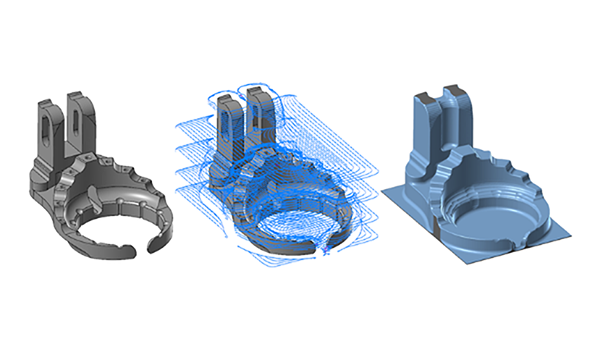
OptiRough is an advanced roughing strategy powered by Dynamic Motion technology, which is designed to optimize cutting approaches. The way Dynamic Toolpaths works is by monitoring every aspect of machining in real-time; it is constantly calculating the best feeds and angles to run parts the fastest and safest way possible. The only downside to OptiRough is that not every programmer knows about it, and some of those who do are intimidated by the speeds it uses. Don’t let that be you. Read on to see how you can unlock the potential of OptiRough.
When should OptiRough be used?
OptiRough is best applied to any 3D part that needs to be roughed out before finishing, but it excels with parts that otherwise would require multiple roughing toolpaths or takes an inordinate amount of time to program or run. It is designed to be a maximum material removal strategy, meaning it is more powerful than other roughing approaches in cutting out lots of excess material quickly. It can even handle complex geometries that ordinarily might require an operator to remove the part and perform another setup. OptiRough is available in all Mill and Router products.
Why this approach and not another?
For operators and programmers unused to using Dynamic technology, OptiRough’s suggested speeds and feeds can be daunting. Many programmers avoid using it for this reason, not knowing how much time they are losing by sticking to slower approaches. One OptiRough toolpath can do the work of half a dozen other roughing toolpaths, meaning less time spent programming, setting up machines, and even cutting. Overall, it can reduce the roughing cycle by up to 80 percent.
The best part is that, even with the uptick in parts going through the shop, the number of tools used could even fall. All Dynamic Motion toolpaths extend tool life by optimizing the way they engage with the stock material. Mastercam customer Absolute Machine of Connecticut shared that, before using OptiRough, they could get about one full part out of each endmill. After applying OptiRough, though, they could produce 45 parts out of one part before having to switch to another.
How does it work?
Today’s milling tools are examples of state-of-the-art engineering. Their shapes, coatings, and edge geometries have been meticulously designed to shear and bend material accurately and precisely. As such, they are designed to perform under strict conditions.
One of the most dangerous parts of machining is heat build-up as a result of unoptimized cutting. This heat warps and damages tools, which in turn starts to tear and rip the stock rather than cutting precisely. In the best-case scenario with damaged tools, the part will need to be re-machined so that it meets its tolerance constraints. In the worst case, the part and tool will both need to be scrapped. OptiRough handles this by keeping chip thickness well within each tool manufacturer’s recommendations and adjusting the tool motion and feed rates to keep chip load consistent.

By using smaller step-overs and deeper step-downs, OptiRough minimizes excess heat and maximizes tool-material contact. Most of the heat generated will be absorbed and then evacuated with the chips. In most cases, OptiRough will engage the cutting tool over its entire flute length. Wear remains even, and cutting stays precise. There’s quite a bit of science under the hood of OptiRough, but the beauty of it is that the user does not need to know it. Just step on the accelerator and go.
Ready to Try OptiRough?
OptiRough toolpaths and all Dynamic Motion technology have a place in any machining shop. If you want to learn more about how they can extend tool life, protect parts, and reduce cycle time, consider reaching out to us. For more information on Mastercam Mill, please click below.


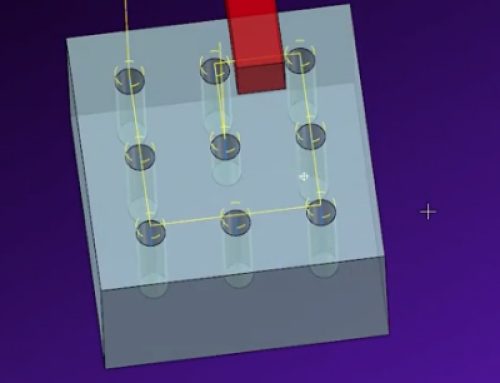
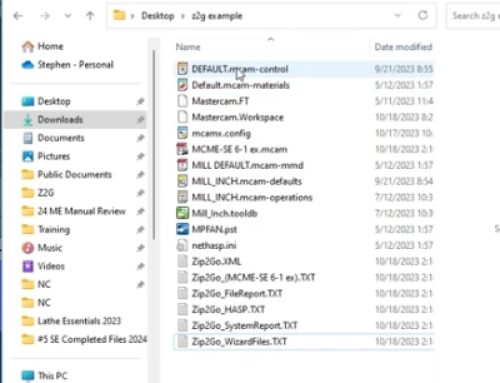
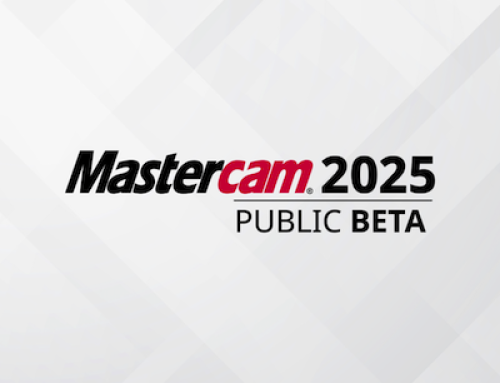
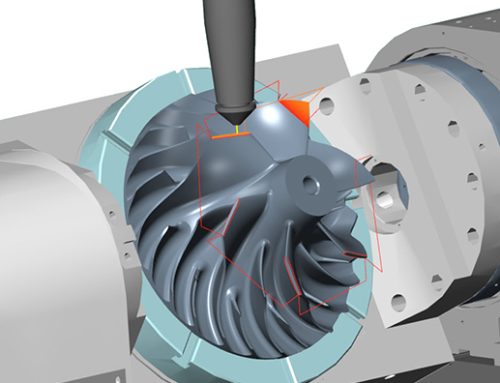
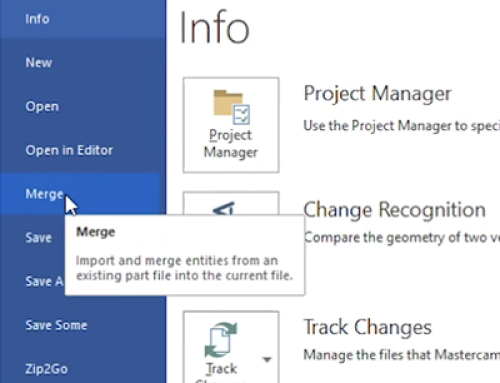
Leave A Comment